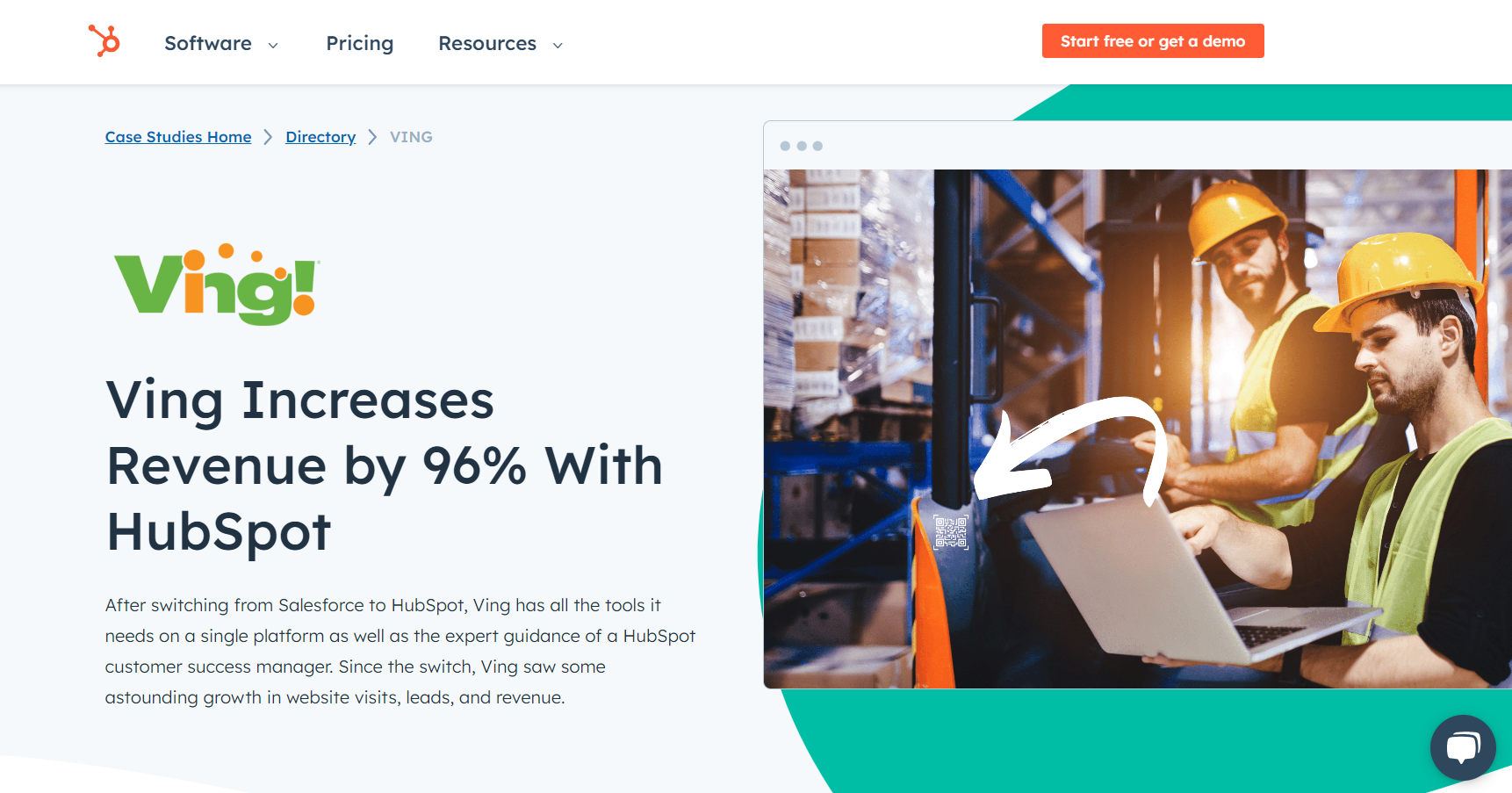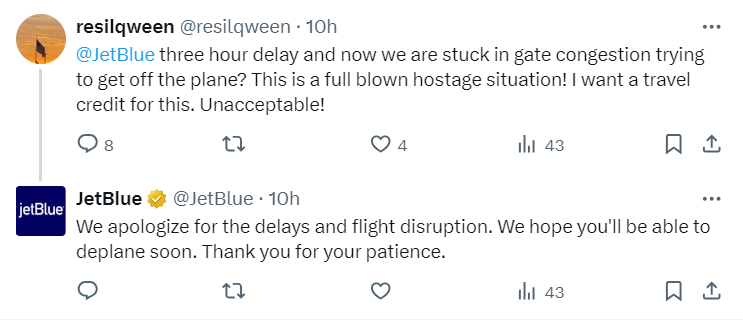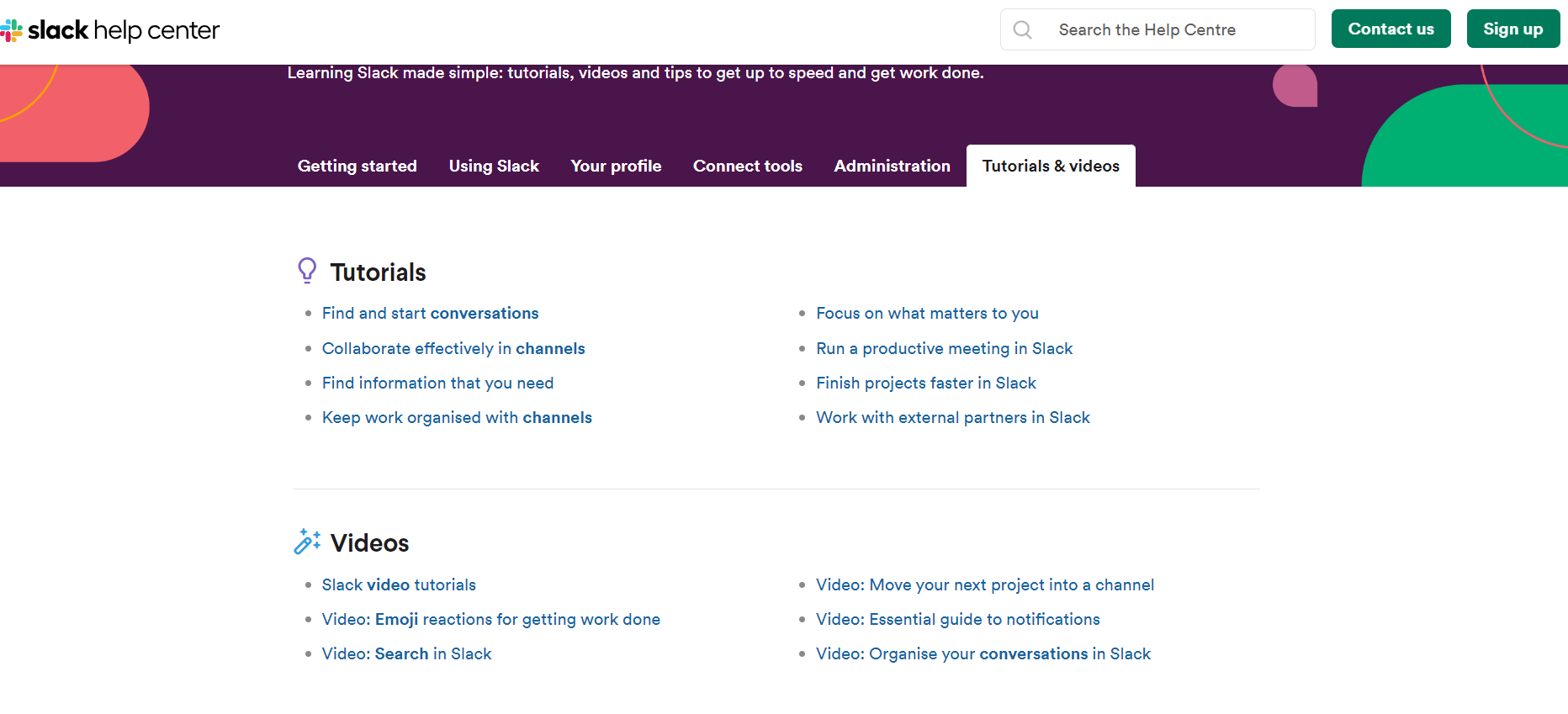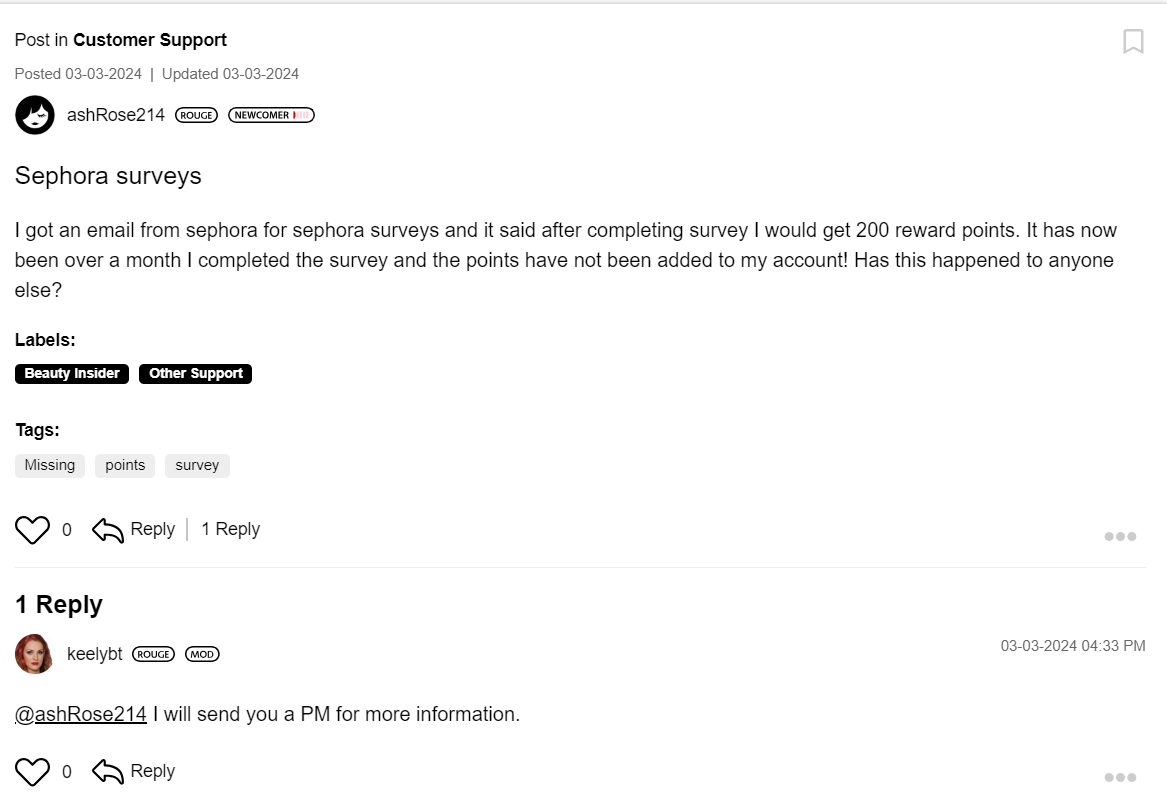Understanding your customers’ needs and expectations is crucial in creating marketing strategies that resonate and drive brand growth. In fact, 73% of consumers globally anticipate that companies will understand their unique demands.
This is where the role of customer feedback comes in. By leveraging this invaluable insight, marketers can pivot their strategies to enhance the customer experience, tailoring messages and offerings to mirror the client’s voice. The feedback loop can reveal a treasure trove of ideas for improving products, services, and overall customer satisfaction. And with the right approach, you can translate this feedback into actionable marketing strategies.
This article will present eight effective ways to listen and actively incorporate customer feedback into your marketing plan.
Leverage Positive Feedback in Marketing Campaigns
Integrating positive customer testimonials and reviews into your marketing efforts can significantly enhance your brand’s image and drive conversions. Studies show that 72% of consumers are more likely to purchase from a brand after reading a positive review.
You can feature authentic customer testimonials in your brand advertisements to capitalize on this opportunity. Highlighting these affirmations can instantly elevate trust and persuade potential customers.
You can also share uplifting customer stories on social media platforms to foster community engagement, reinforce the value of your offerings, and tell a compelling narrative about your brand’s impact.
In addition, creating a dedicated section for reviews and case studies on your company website can act as social proof. These case studies can prove your product’s ability to solve real-world problems. For example, companies like HubSpot demonstrate their software’s effectiveness in helping businesses grow through in-depth success stories.

By demonstrating that you value their input, customers are likelier to continue engaging with and advocating for your brand.
Address Negative Feedback to Improve Brand Image
Addressing negative feedback is critical for maintaining and improving your brand image.
When you respond to criticism publicly, it demonstrates your responsiveness and commitment to customer satisfaction. 45% of consumers say they’re more likely to visit a business that responds to negative reviews.
Here’s how you can address negative feedback:
- Respond to negative feedback promptly, showing customers that their concerns are heard.
- Use language that expresses understanding and concern for the issue raised.
- Accept responsibility for any part your business may have played, even if disagreements exist.
- Present a clear plan to address the issue and avoid recurrence.
- Check back with the customer to ensure the resolution was satisfactory.

Sales management tools can be instrumental in tracking and managing feedback responses. JetBlue Airways, for instance, is recognized for its proactive stance on customer complaints, particularly on social media. By swiftly engaging with dissatisfied customers and solving problems publicly, JetBlue strengthens consumer trust and loyalty.
Use Feedback to Personalize Marketing Efforts
Collecting customer feedback is a goldmine for tailoring your marketing efforts.
An impressive 59% of consumers expect businesses to use their data to deliver personalized experiences.
You can deliver personalized experiences by categorizing your customers into groups reflecting their unique preferences (product features, design, or usability) and behaviors (which might consist of purchase frequency, browsing habits, or responsiveness to previous marketing messages). This allows for a more targeted approach in your marketing campaigns.
Once you’ve segmented your audience, create bespoke marketing materials for each group, addressing their specific concerns or interests highlighted in feedback.

Spotify is a perfect example of personalization. It analyzes its users’ listening habits to deliver personalized playlists, enhancing user experience and engaging customers with content curated just for them.
Inform Content Marketing Strategy
By carefully analyzing customer feedback, you can identify your audience’s problems and challenges. Using this insight, you’re in a prime position to create targeted content that addresses these common issues and pain points.
For instance, you can compile a list of frequently asked questions and concerns evident in the feedback. Then, translate these points into a dedicated FAQ section, tutorial videos, educational guides, and blog posts that provide value and solutions for your customers.

Consider how Slack has created support pages and in-depth guides. These resources directly respond to common customer inquiries, enabling users to self-serve and troubleshoot quickly.
Don’t forget to keep your content marketing strategy updated. As you collect customer feedback, incorporate it into refining your FAQ and educational repositories. This loop of listening, creating, and optimizing establishes your brand as attentive and knowledgeable and drives customer satisfaction and loyalty.
Incorporate Feedback into Brand Storytelling and Messaging
Through customer feedback, you can uncover your customers’ recurring opinions and sentiments about your brand. This analysis can reveal powerful insights into what your audience truly values about your brand.
By identifying these recurring elements, you can integrate authentic customer experiences into your brand’s messaging, making it more resonant with potential buyers.
To ensure effective brand messaging with customer feedback:
- Use actual customer language in your messaging to add authenticity.
- Shape your brand’s story to reflect the solutions and benefits your customers highlight.
- Keep your messaging aligned with customer experiences to maintain relevance to your target audience.
Crafting your brand’s story with elements from user feedback ensures your marketing feels personalized and targeted, which can help turn casual readers into loyal customers.
Develop Loyalty Programs and Incentives
Incorporating customer feedback into loyalty programs can significantly boost your marketing strategies. Over 83% of consumers report that loyalty programs influence their repeat purchase decisions.
Use feedback to discern what your customers cherish the most, and tailor loyalty programs to reward those preferences. Here’s how to do it:
- Identify Core Preferences: Analyze feedback to uncover the features and benefits your customers value. This could include anything from product quality to customer service excellence.
- Reward Engagement: Offer perks to customers who provide valuable feedback. This could be in the form of discounts, special QR codes, points, or early access to new products. Incentives make customers more likely to engage and share insights.
For instance, Sephora rewards its customers with Beauty Insider points when they partake in customer surveys. This approach not only garners valuable input but also incentivizes customers to continue engaging with the brand.

- Implement Multi-Tier Programs: Consider creating a tiered loyalty program where customers unlock new benefits as they advance. This creates a game-like progression that encourages ongoing interaction and purchases.
Create Customer Advisory Panels
Customer Advisory Panels are groups of your most engaged customers who can provide ongoing, valuable insights into your marketing strategies. You can establish customer advisory panels by harnessing the potential of your customer feedback. This can provide valuable insights, such as the average NPS score, to help you improve your products and services.
Identify loyal customers who have a history of engagement with your brand. Look for individuals who love your products and offer constructive feedback. Frequent feedback providers, particularly those who offer detailed and thoughtful insights, are prime candidates.

Next, personally reach out to these selected customers with an invitation to join your advisory panel. Your invitation should be warm and communicate the value of their insight and its potential impact on your company. After that, organize regular discussions, be it virtual or physical meetings, to gather feedback. Ensure these sessions provide a structured yet open forum for dialogue.
Your advisory panel should be a two-way street; acting on the feedback and communicating the changes or strategies influenced by their contributions is essential. This will validate their effort and encourage sustained participation and deeper insights.
Utilize Feedback for Crisis Management and PR
When you implement customer feedback as a core facet of your crisis management and PR strategies, you use direct insights to prevent and mitigate issues that could otherwise escalate. This approach allows for a more proactive stance in crisis preparedness.
Before a crisis strikes:
- Identify early warning signs: Analyze feedback for recurring complaints or negative trends that could suggest deeper issues.
- Assemble your crisis team: Assign roles based on feedback analysis strengths. Include members from PR, marketing, and customer service.
If a crisis is emerging:
- Rapid response plan: Based on the nature and severity of the feedback, develop a swift action plan. Remember, reputation-damaging feedback requires immediate attention.
During a crisis:
- Public communication: Use feedback to create your messaging, ensuring it addresses customer concerns effectively and empathetically.
- Stakeholder involvement: Keep communication open with customers providing feedback. Their involvement can turn critics into advocates.
Post-crisis:
- Evaluate and adapt: Assess how effectively the feedback was used and adjust your strategy accordingly. Integrating lessons from these evaluations can enhance your crisis management plan.
Timely and sincere responses to feedback prevent potential crises and also convey to your customers that you value their input and are committed to improvement. This can help preserve and potentially enhance your brand’s reputation.
Ready to Elevate Your Marketing with Customer Insights?
Integrating customer feedback into your marketing strategy cannot be overstated. Your customers’ opinions are a strategic asset—use them to shape your services, products, appointment settings, and marketing campaigns to better meet their needs.
To collect crucial feedback, leverage diverse channels, prioritize based on customer complaints, and develop actionable plans to address the insights gained. This approach will enhance the customer experience, foster loyalty, and drive business growth.



